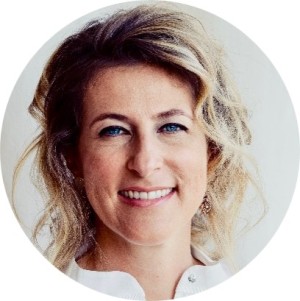- Video Library
- Laurence Blazianu Presents PreciHealth at LSI Europe '23
Laurence Blazianu Presents PreciHealth at LSI Europe '23

Laurence Blazianu
Laurence Blazianu worked in large and small size pharma-medtech-Dx-I-health companies (Roche, Kenta, Softhale) and at investment banks (Cukierman&Co LifeSciences, CreditSuisse), with a long-time experience supporting executive mission leading to value creation to investors /industry and market visibility. With 23 years of experience, Laurence in raising funds, attracting and managing partners, installing and improving the finance function, corporate reporting and closing of transactions. She started her carreer in strategic marketing and corporate analytics & strategy and sales at Roche UK, Roche US, Roche HQ before moving to finance industry.
Laurence Blazianu
Laurence Blazianu worked in large and small size pharma-medtech-Dx-I-health companies (Roche, Kenta, Softhale) and at investment banks (Cukierman&Co LifeSciences, CreditSuisse), with a long-time experience supporting executive mission leading to value creation to investors /industry and market visibility. With 23 years of experience, Laurence in raising funds, attracting and managing partners, installing and improving the finance function, corporate reporting and closing of transactions. She started her carreer in strategic marketing and corporate analytics & strategy and sales at Roche UK, Roche US, Roche HQ before moving to finance industry.

17011 Beach Blvd, Suite 500 Huntington Beach, CA 92647
714-847-3540© 2025 Life Science Intelligence, Inc., All Rights Reserved. | Privacy Policy







